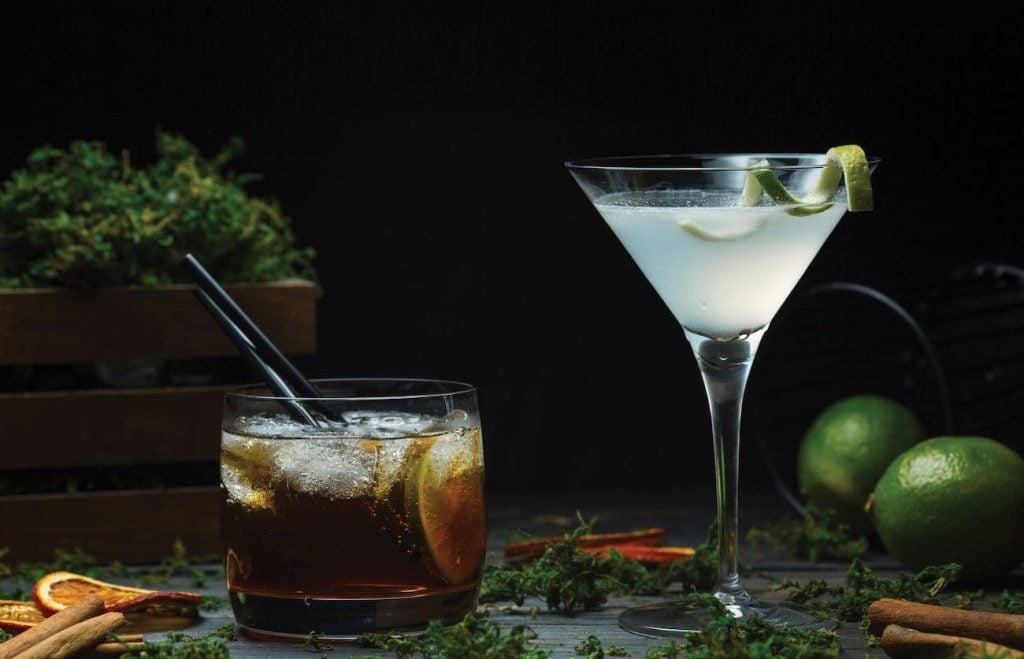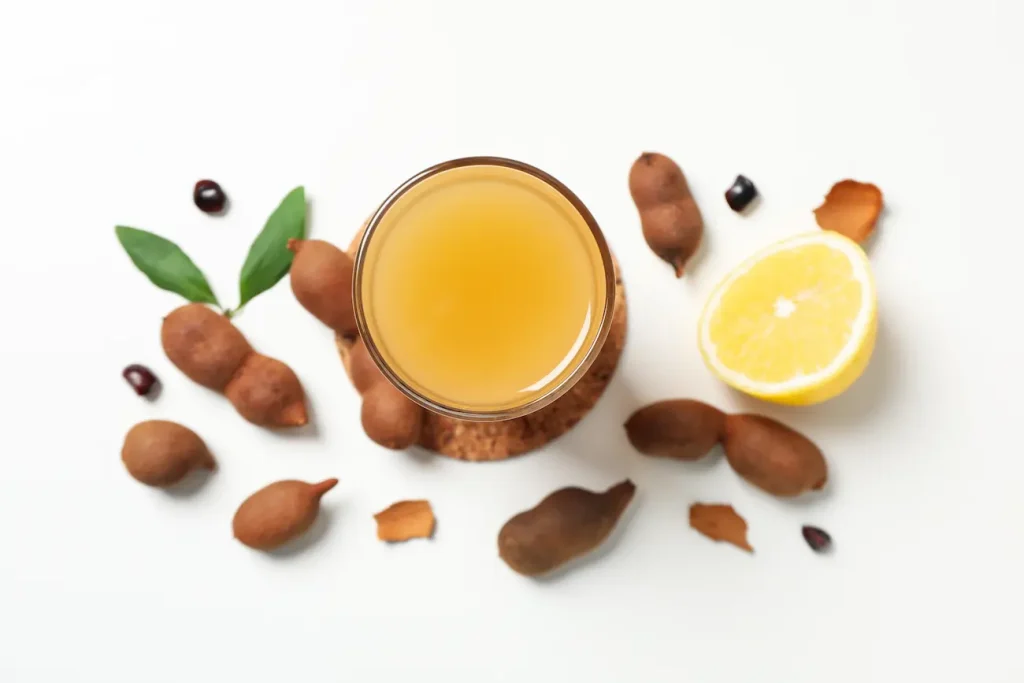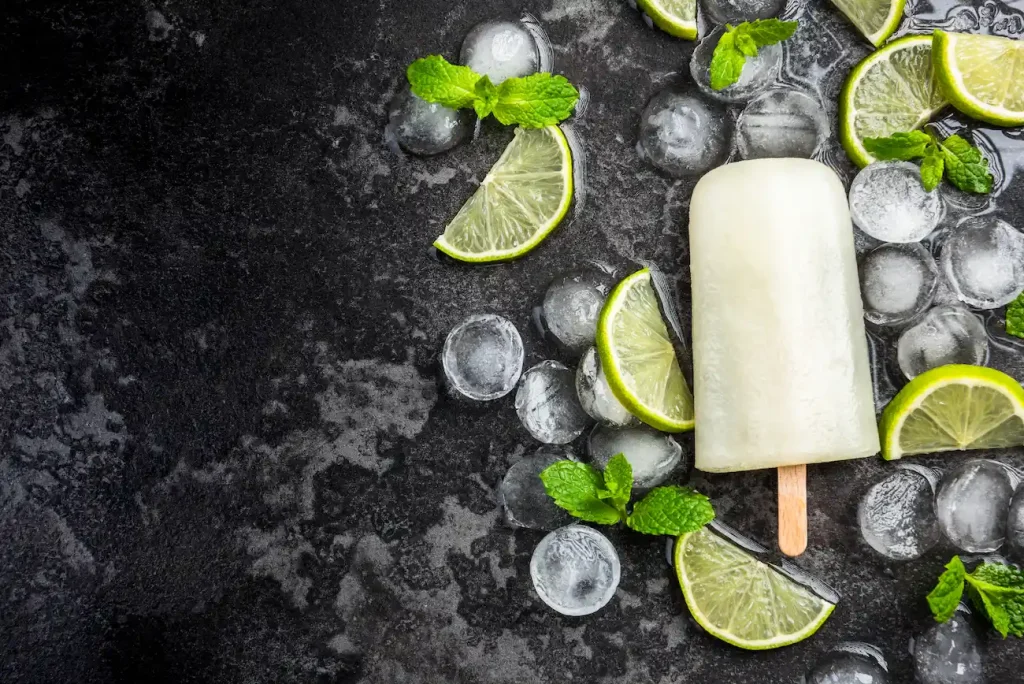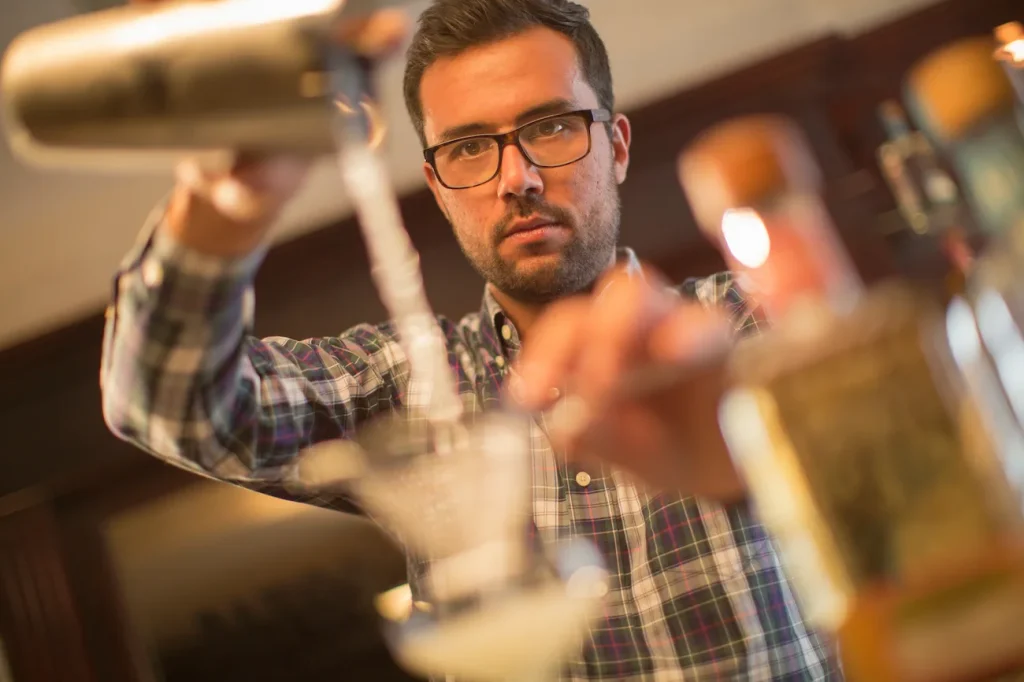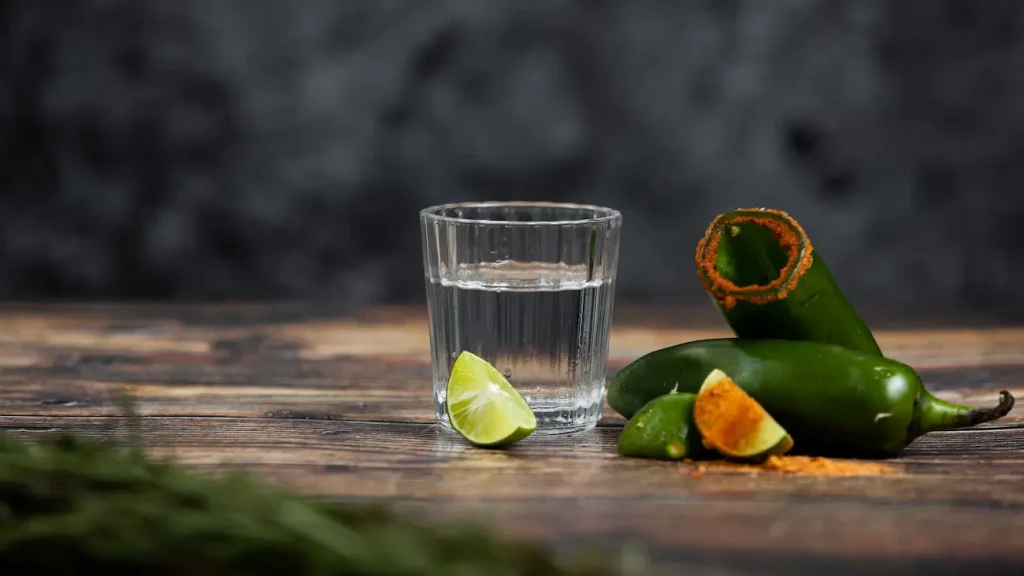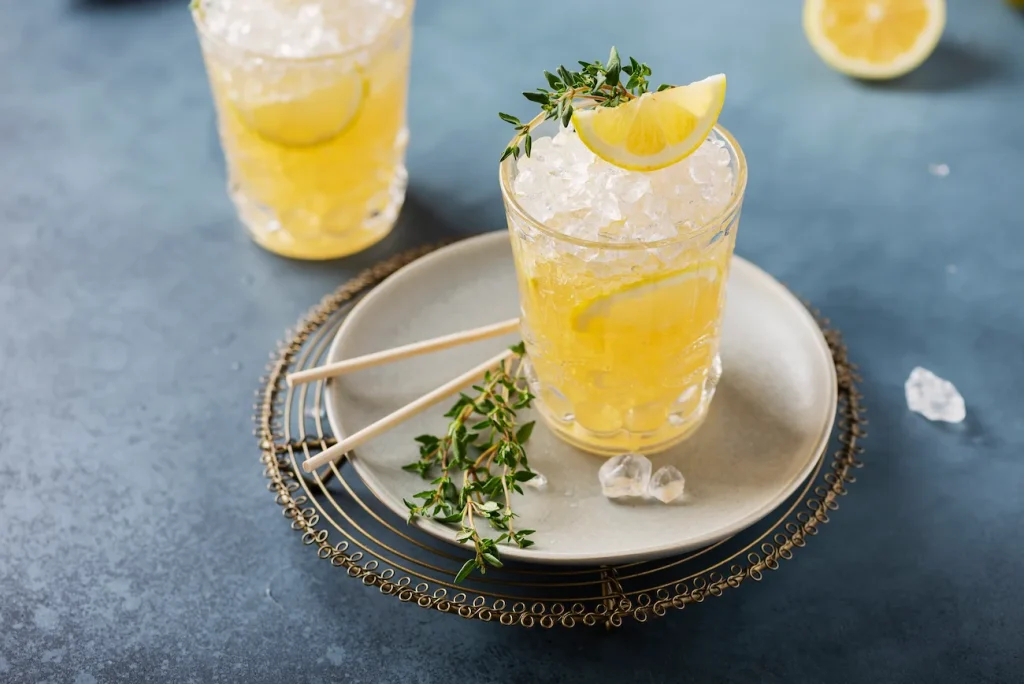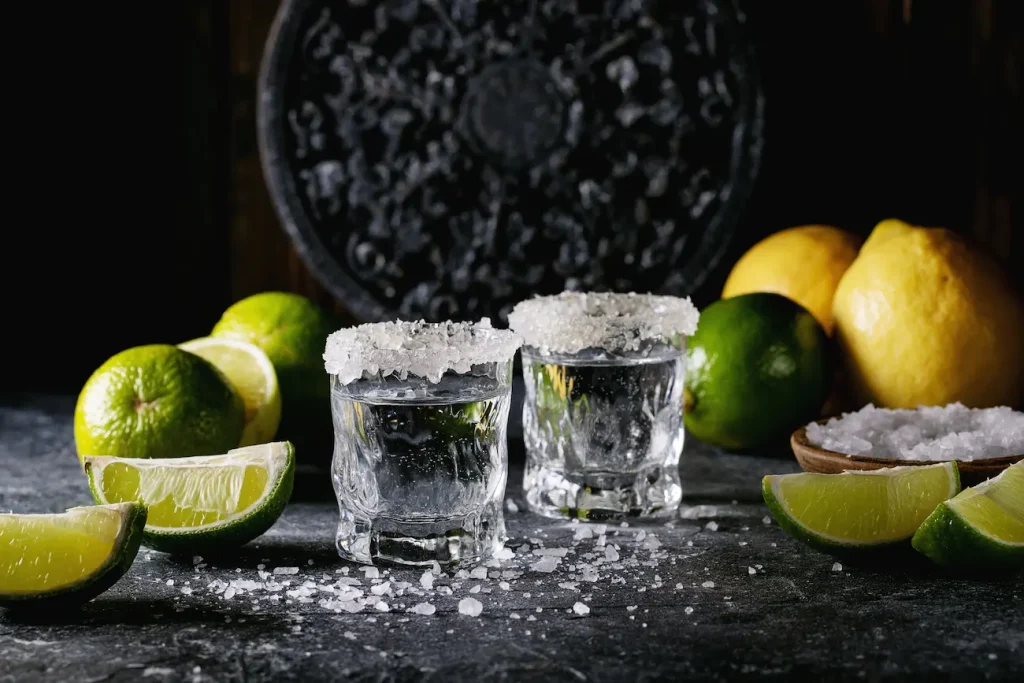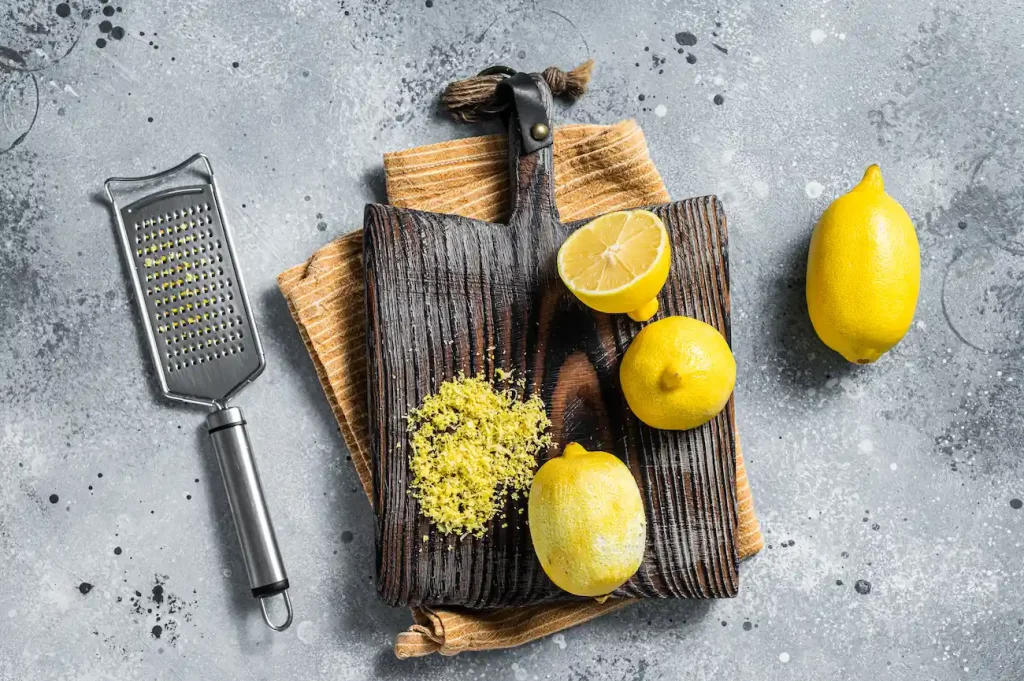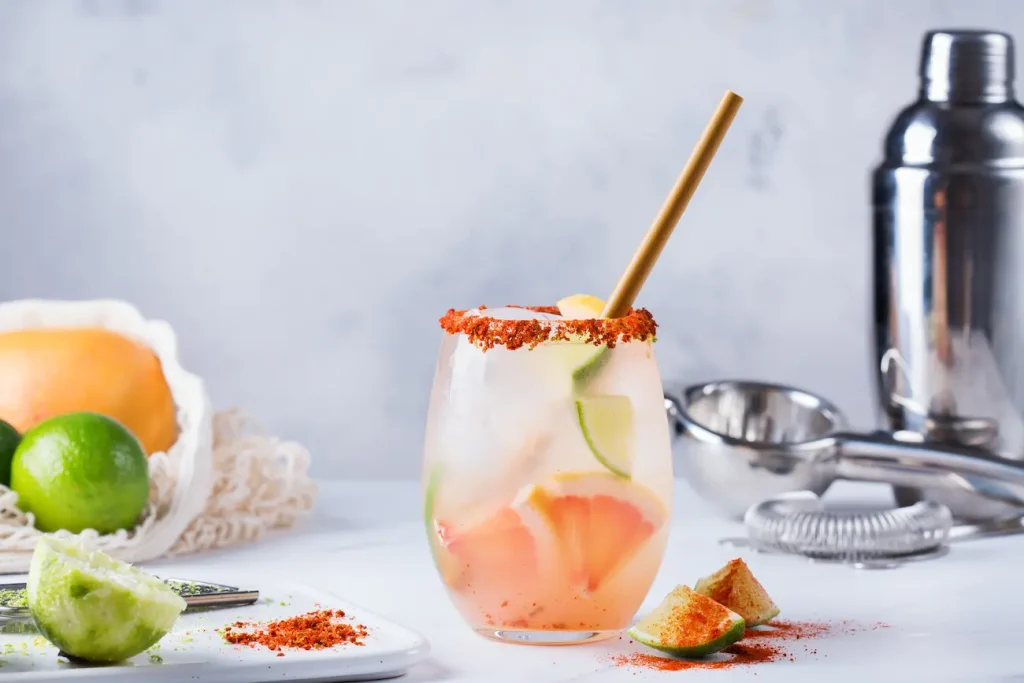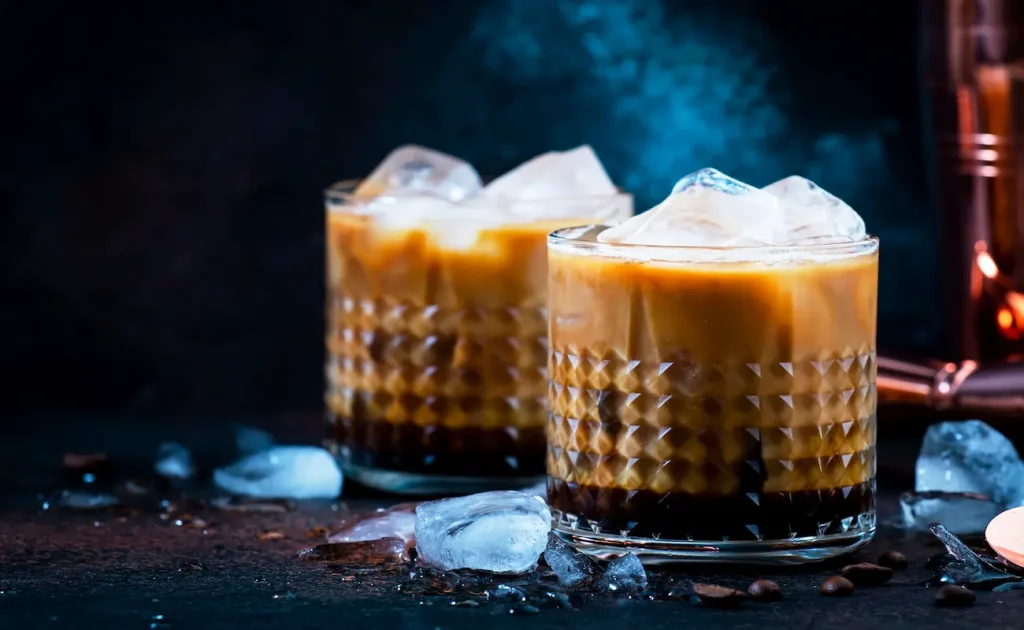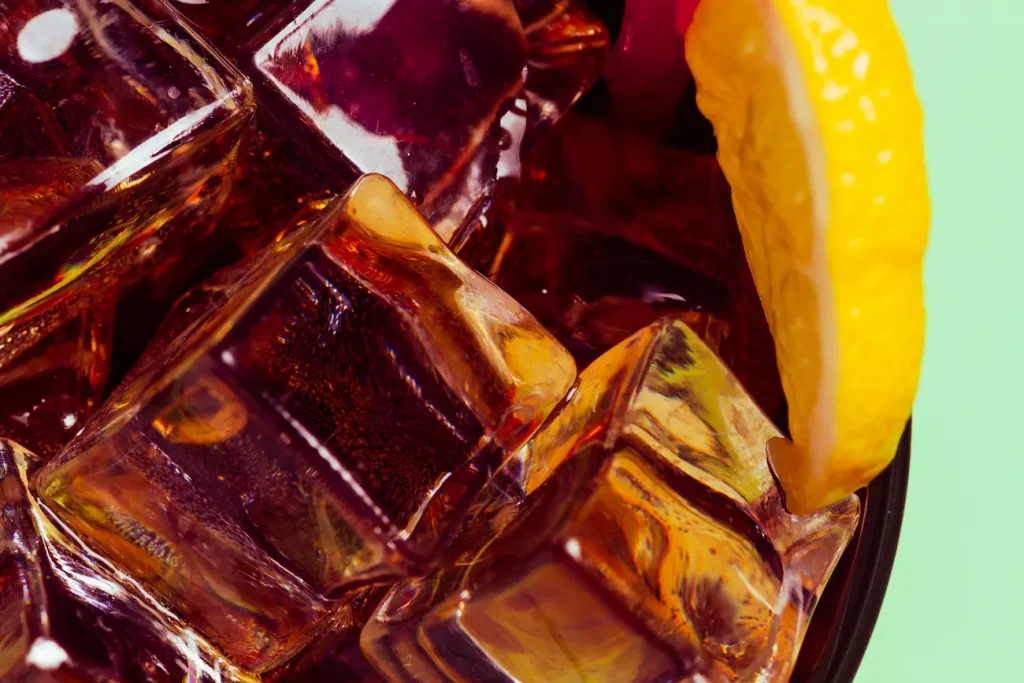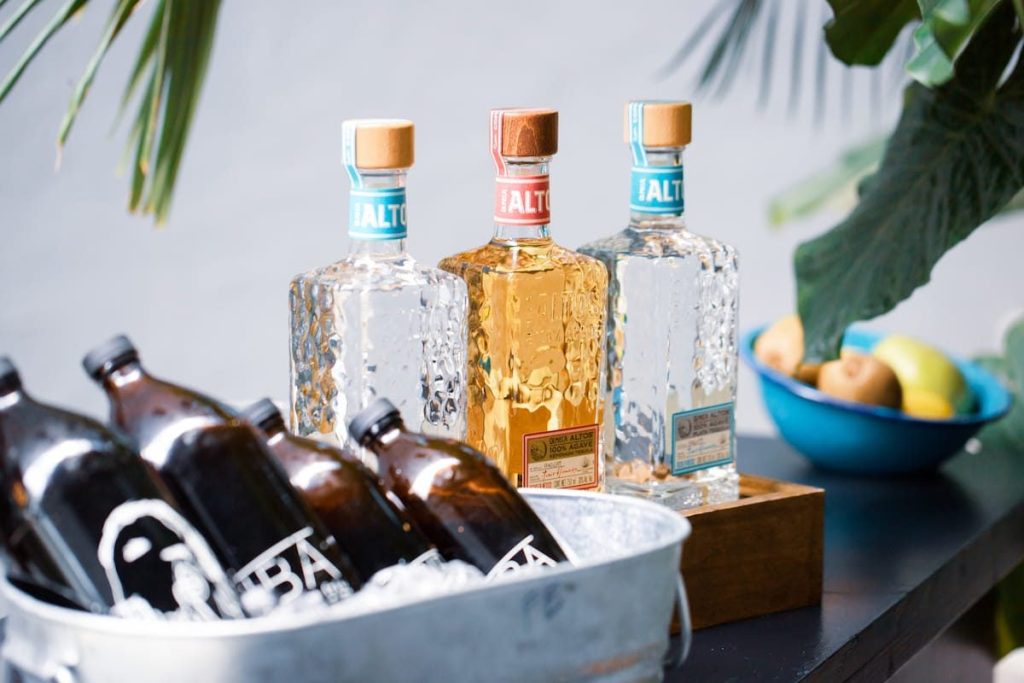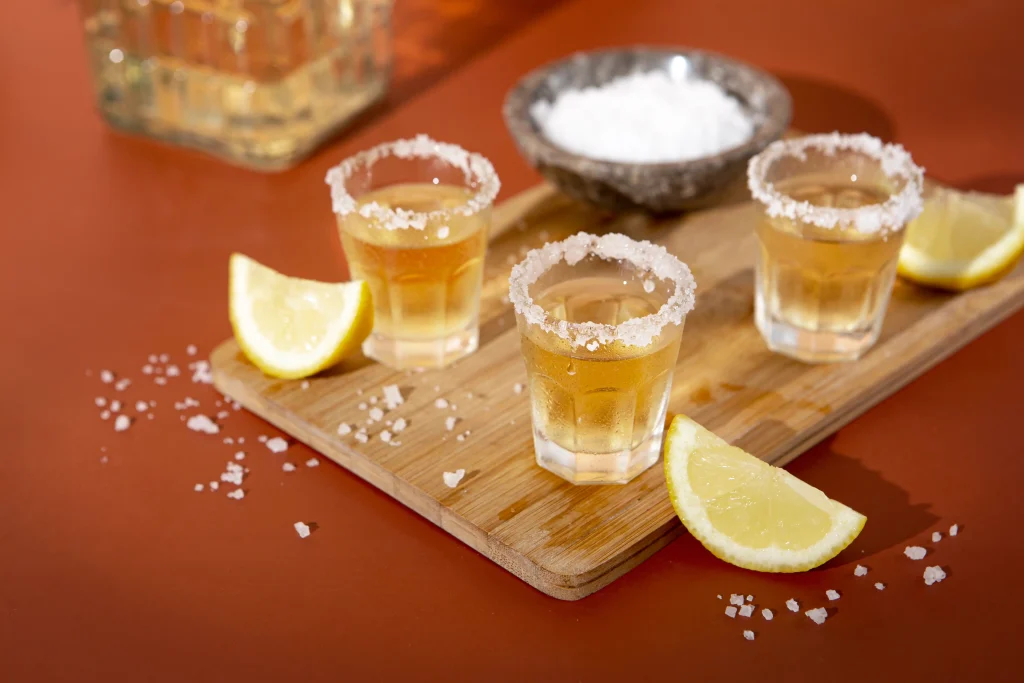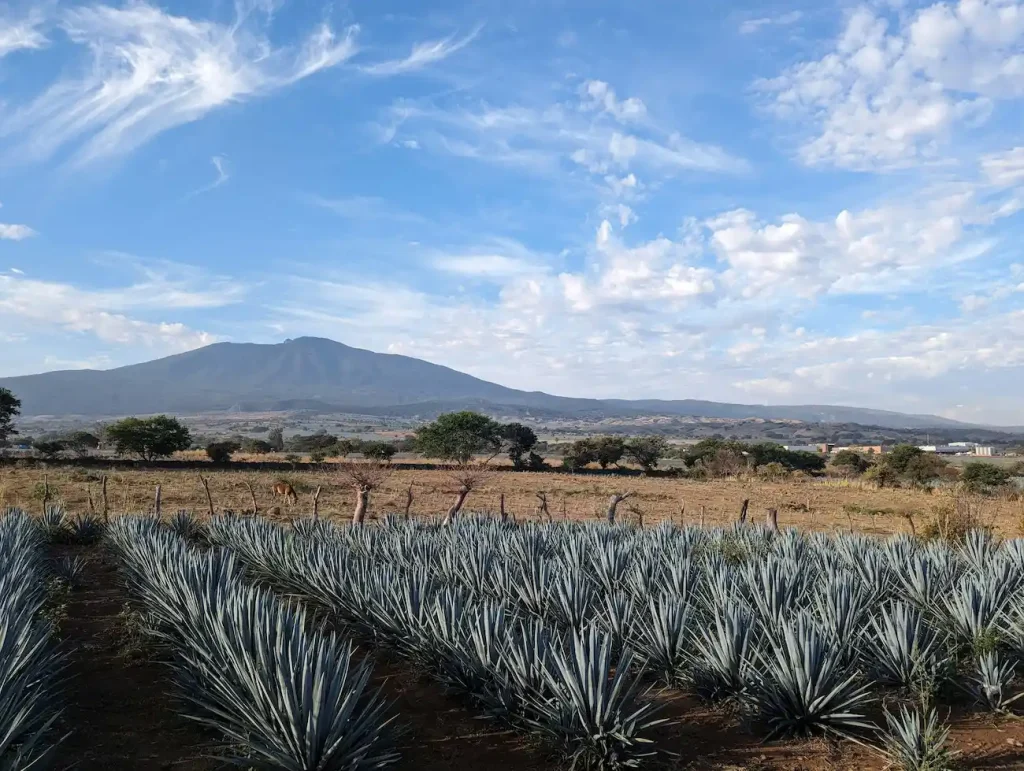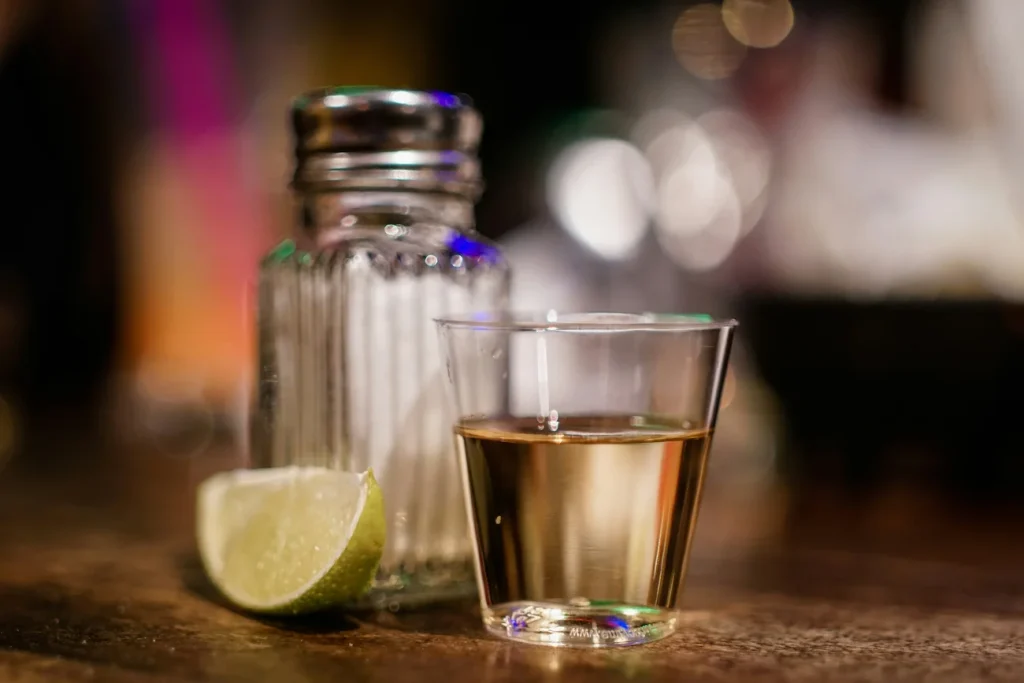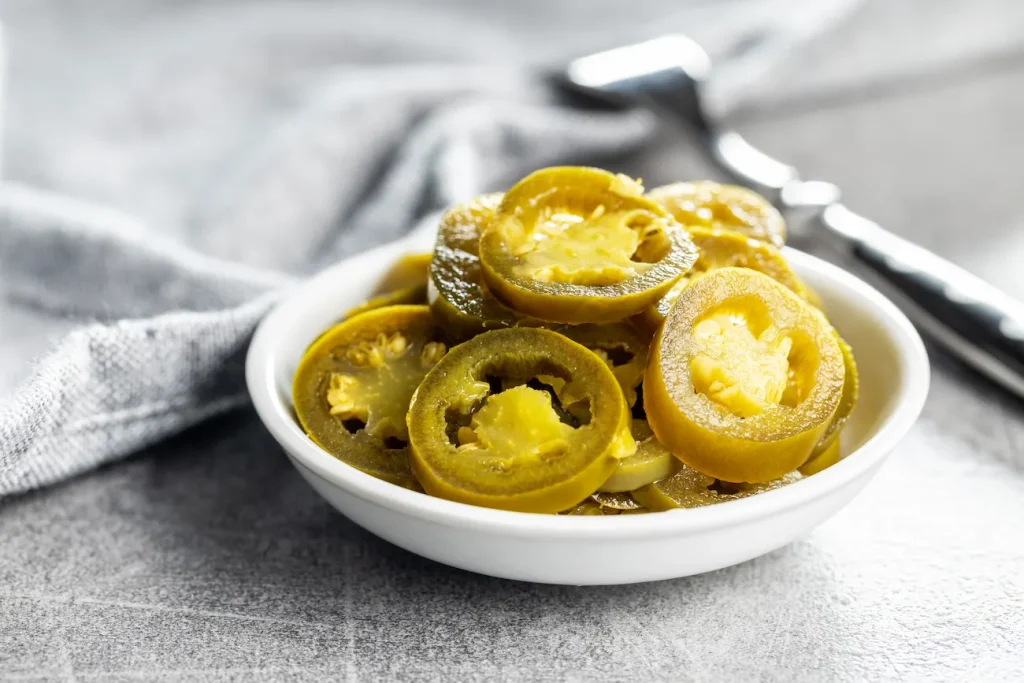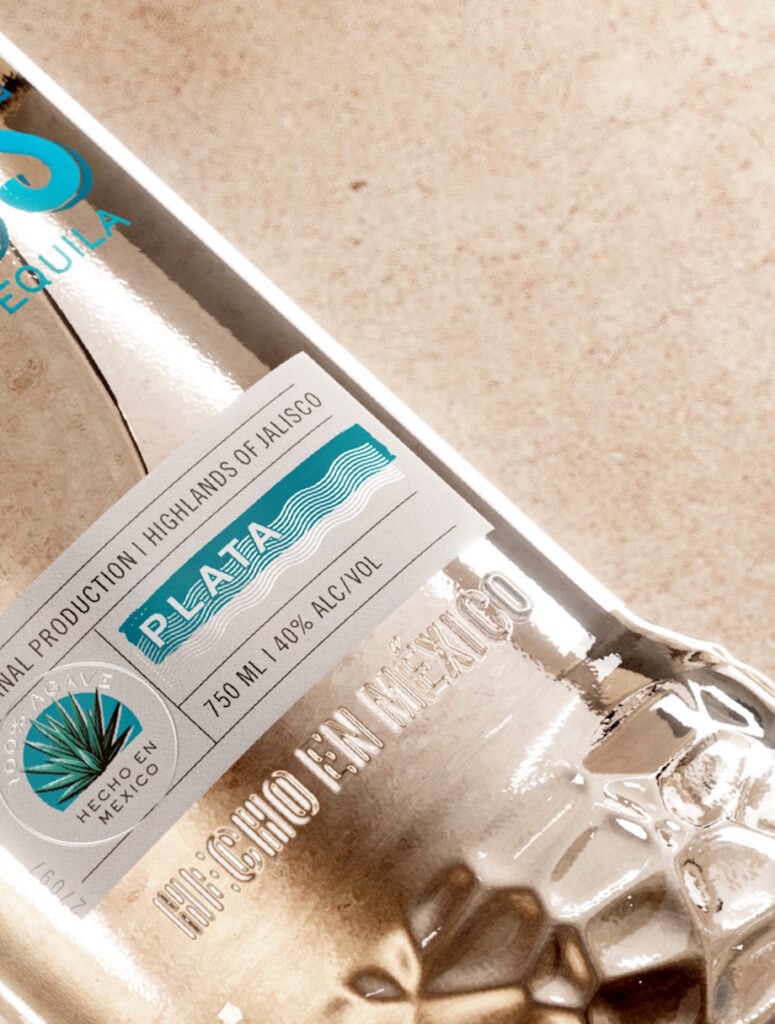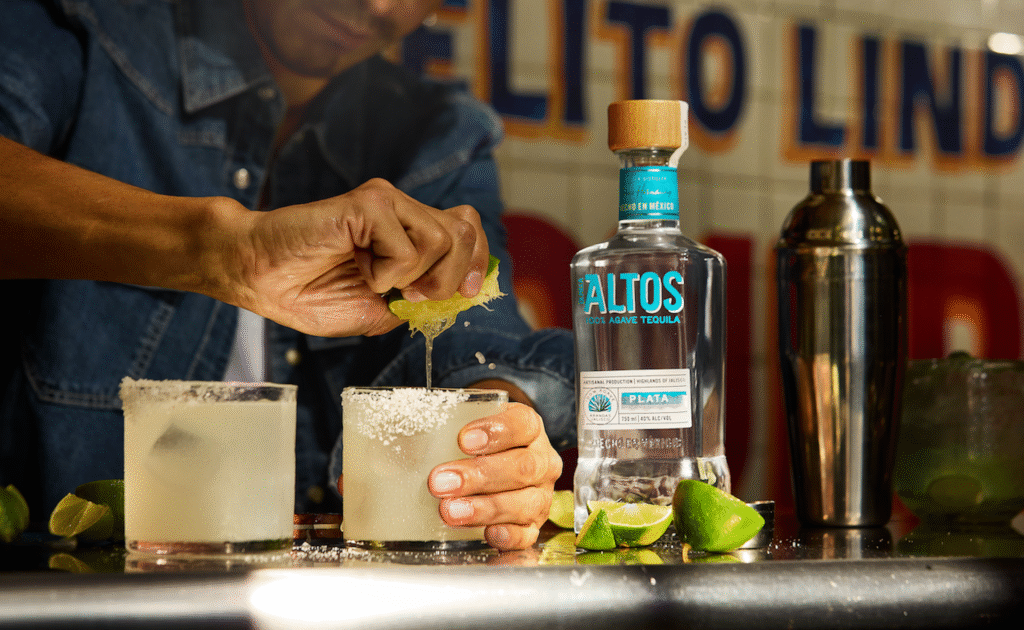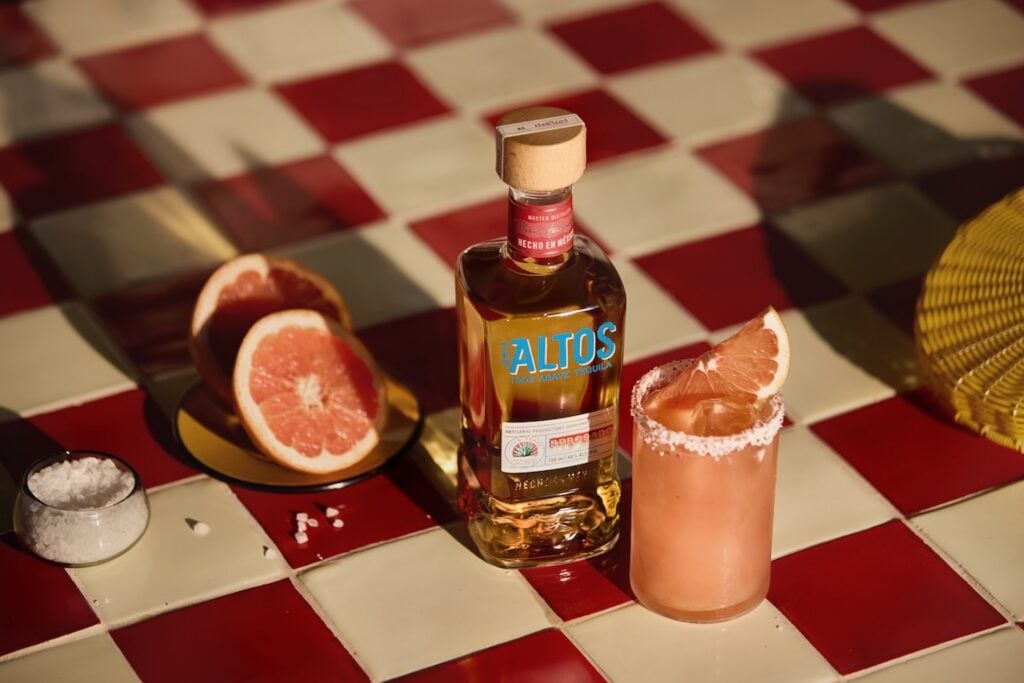Tequila, a much-loved spirit celebrated for its distinctive flavour and versatility, originates from Mexico. Produced from the blue agave plant, tequila carries a rich heritage and a painstaking production process.
But did you realise that tequila isn’t just one single kind of drink? There are several varieties of tequila, each with its own unique traits. This article delves into the intricacies and subtleties of Tequila.
Types of Tequila
The variations in Tequila arise from several factors, including the type of agave employed, the region of production, and the maturation process. For those eager to experiment, discover some of the finest tequila recipes that perfectly showcase these unique characteristics.
Agave Plant Varieties Used in Different Types of Tequila
Although multiple agave varieties exist, tequila is made exclusively from blue agave (Agave Tequilana Weber Blue Variety). This particular agave flourishes in the volcanic soils of Jalisco and selected areas within four other Mexican states. The unique terroir of these regions bestows distinctive qualities on the agave, shaping the final flavour profile of the tequila.
Geographic Designation and Cultural Importance of Tequila
Tequila holds a Protected Designation of Origin, meaning it can only be produced in specified areas of Mexico. These include the entire state of Jalisco and certain municipalities in Guanajuato, Michoacán, Nayarit, and Tamaulipas. This status safeguards the cultural heritage and authenticity of tequila production.
Percentage Requirements for 100% Blue Agave versus Mixto Tequila
Tequila is classified into two primary categories: 100% blue agave and mixto. As the name implies, 100% blue agave tequila is made solely from the fermented juice of the blue agave plant. Mixto tequilas, by contrast, contain a minimum of 51% blue agave sugars, with the remaining sugars (typically derived from cane sugar) accounting for the rest.
Legal Definitions and Regulations by the CRT for Various Types of Tequila
The Consejo Regulador del Tequila (CRT), the regulatory authority overseeing tequila production, has instituted stringent regulations to guarantee the quality and genuineness of tequila. These rules cover everything from agave cultivation and harvesting to distillation, maturation, and bottling.

Fermentation and Distillation Methods in Producing Different Kinds of Tequila
The crafting of tequila involves two critical phases: fermentation and distillation. Each stage plays an essential role in defining the spirit’s final character.
The Role of Yeast Strains in Fermentation for Various Types of Tequila
During fermentation, yeast is introduced to the extracted agave juice, transforming sugars into alcohol. Different yeast strains may be employed, each imparting distinct flavours and aromas to the tequila. Some distilleries cultivate proprietary yeast strains, adding another dimension of complexity and individuality to their products.
Types of Stills Used in Distillation (Copper Pot Stills, Column Stills) for Different Kinds of Tequila
Distillation, the process of separating alcohol from the fermented liquid, typically takes place in either copper pot stills or column stills. Copper pot stills, traditionally used in tequila production, lend a richer and more complex flavour to the spirit.
Column stills, conversely, yield a lighter and more neutral spirit. The choice of still depends on the desired flavour profile of the finished product.
Maturation and Aging Process for Different Types of Tequila
Following distillation, tequila may be bottled immediately or aged in oak casks to develop further flavours and depth. The ageing process considerably influences the colour, aroma, and taste of the final spirit.
Influence of Barrel Types on Spirit Colour and Flavour Profile
The type of oak casks used during maturation plays a pivotal role in shaping tequila’s ultimate character. American white oak barrels, commonly utilised in bourbon production, impart notes of vanilla, caramel, and oak.
French oak barrels, on the other hand, contribute flavours of spice, dried fruit, and toasted nuts. Some producers experiment with other woods such as Hungarian oak or acacia to craft unique flavour profiles.
Ageing Timeframes for Blanco, Reposado, and Añejo
Blanco, or silver tequila, is usually unaged, offering a pure expression of the agave. Reposado is aged between two months and one year, delivering a harmonious balance between agave and wood notes. Añejo is matured for one to three years, attaining greater complexity and richness.
Understanding Blanco or Plata Tequila
Blanco or Plata tequila, such as Olmeca Altos Plata, is the purest representation of agave, revealing the true essence of the spirit unaltered by oak ageing. Blanco tequila is either bottled immediately after distillation or rested briefly — typically under two months — in stainless steel tanks.
This minimal resting period allows the tequila to soften slightly while preserving its vibrant agave character. Blanco tequila presents flavours ranging from sweet, floral agave to sharp, peppery notes, making it a versatile choice for various culinary and cocktail uses.
Cocktail Applications: Margaritas and Palomas with Blanco Tequila
The clean, crisp profile of Blanco tequila makes it ideal for cocktails that showcase agave’s freshness. It is a popular base for classic cocktails such as Margaritas and Palomas, where its bright notes complement other ingredients without being overshadowed.

Reposado Tequila
Reposado, meaning ‘rested’ in Spanish, is the next step up the tequila ageing spectrum, offering a balanced harmony between fresh agave and oak complexity. Reposado tequila, such as Olmeca Altos Reposado, matures in oak barrels for between two months and a year.
This ageing allows the spirit to interact with the wood, extracting flavours and colour that enrich its character. This type of tequila typically features vanilla, caramel, and gentle spice notes, while the underlying agave flavour remains prominent.
Versatility in Cocktails with Reposado Tequila
Reposado tequila’s versatility makes it popular for both sipping and cocktail making. Its smoother profile and oak-infused flavours add depth to classic drinks and can be enjoyed neat or over ice.
Exploring Añejo Tequila
Añejo tequila, meaning ‘aged’ or ‘vintage’ in Spanish, signifies a higher level of maturity and complexity within the tequila category. This tequila, such as Olmeca Altos Añejo, undergoes extended maturation of one to three years in oak barrels.
This prolonged ageing results in a deeper colour and a more pronounced oak influence in the flavour profile. Añejo tequila is famed for its smooth taste, featuring deep notes of toasted nuts, wood, vanilla, and hints of caramel.
Sipping Recommendations for Añejo Tequila
Thanks to its complex and refined character, Añejo tequila is best savoured neat or on the rocks to fully appreciate its subtle flavours and aromas. It can also elevate premium cocktails with a touch of sophistication.
Altos: Superpremium Quality Across All Types of Tequila
With perfected traditional methods and an unwavering dedication to authenticity, Altos excels across every category, from Silver to Añejo. Whatever your preferred style of tequila, Altos guarantees a unique experience that only true mastery can deliver.
Made from 100% blue agave grown in the highlands of Jalisco, Mexico, our agave is slowly cooked in brick ovens and distilled in copper stills to ensure superior quality.
With its broad spectrum of styles and flavours, tequila offers something to suit every palate. Whether you prefer the fresh agave brightness of Blanco, the balanced intricacy of Reposado, or the indulgent richness of Añejo, there’s an ideal tequila awaiting your discovery. So, raise your glass and explore the magnificent world of tequila!


